Why you can trust TechRadar
Interface and reliability
- No apps menu, just like an iPhone
- Needs tweaks to get the most out of
- Some users won't like Emotion UI
The Huawei Nova runs Android 6.0 Marshmallow, with the custom Emotion interface pasted on top. You'll find this on all of Huawei's phones, and it's the most commonly criticised part of them.
It's iPhone-like in that it gets rid of the Android apps menu, flattening the system. Everything needs a place on your home screens, meaning you'll have to get your apps organised into folders if you don't want to be flicking back and forth between app pages every day.
If you already keep on top of things like that, there's no major drama, but the interface is higher-maintenance than standard Android.
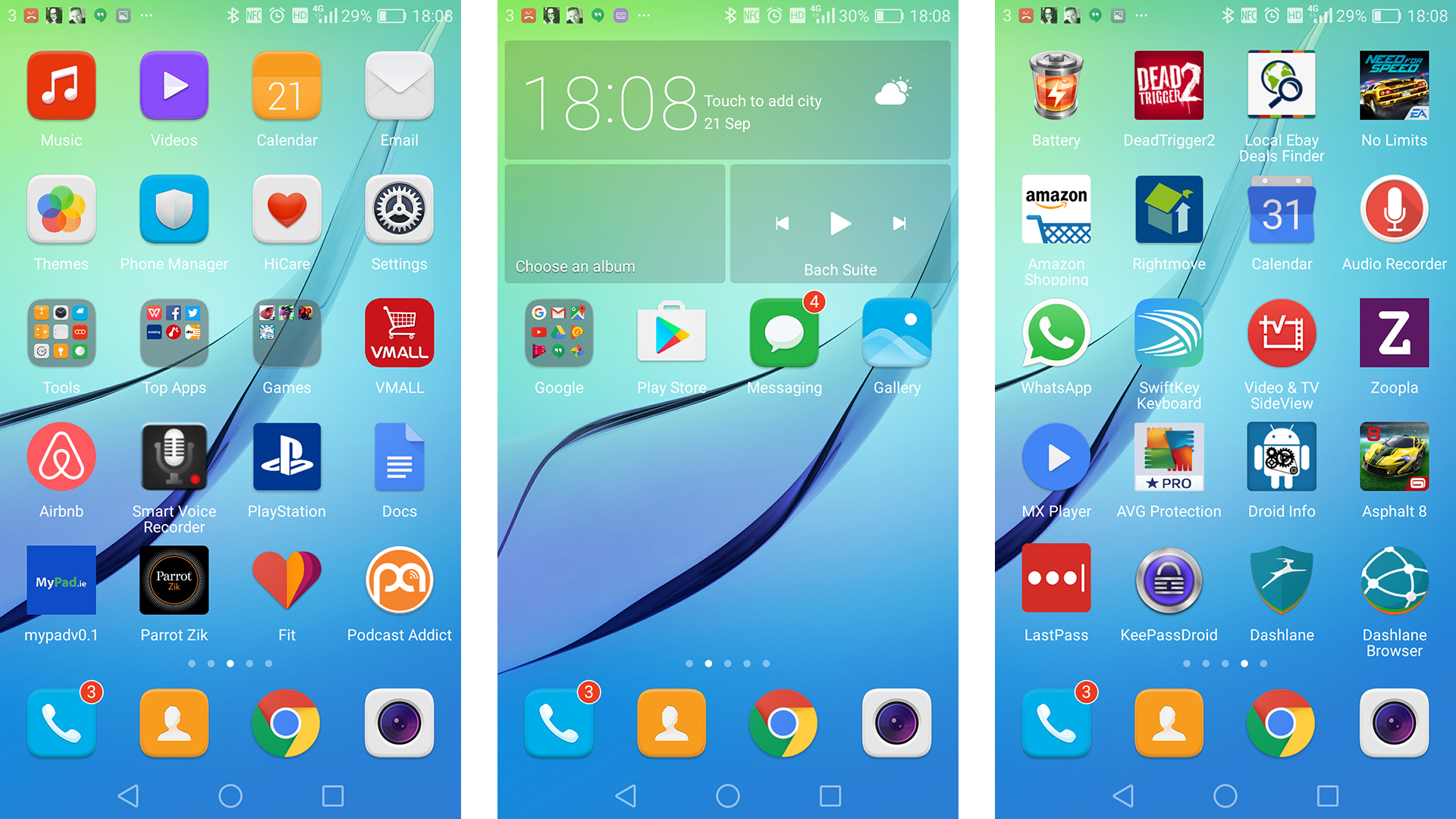
What also lets the Huawei Nova down a bit is the basic look of the system, as the widgets look a little dated and some of the app icons lack style.
This is a paper-thin criticism and a fixable one, but it's part of why a phone like the Huawei Nova doesn't look or feel perfect fresh out of the box. Again, some effort is required.
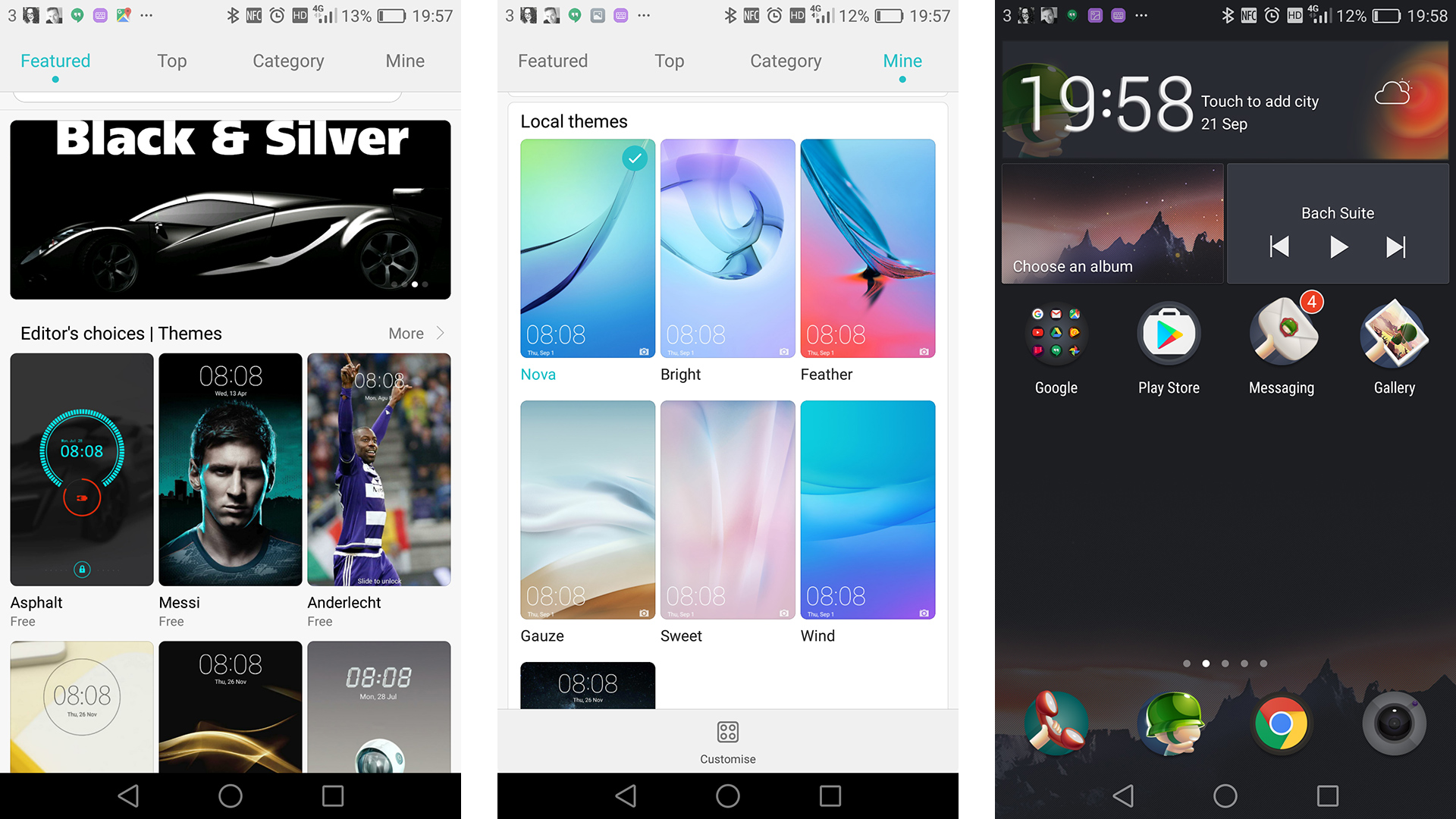
Not too much effort though, as the Nova supports themes downloaded through an inbuilt app, letting you reskin the entire phone with a few screen taps. Several of the included ones are a bit iffy, but there are loads more to download online, for free.
The key is finding one that doesn't make third-party app icons look wonky, or that reduces the readability of text by making the wallpaper too close in brightness to the fonts. It's a shame there aren't a few better 'default' themes included with the Nova too, as we've reviewed Huawei phones with a stronger selection in the past.
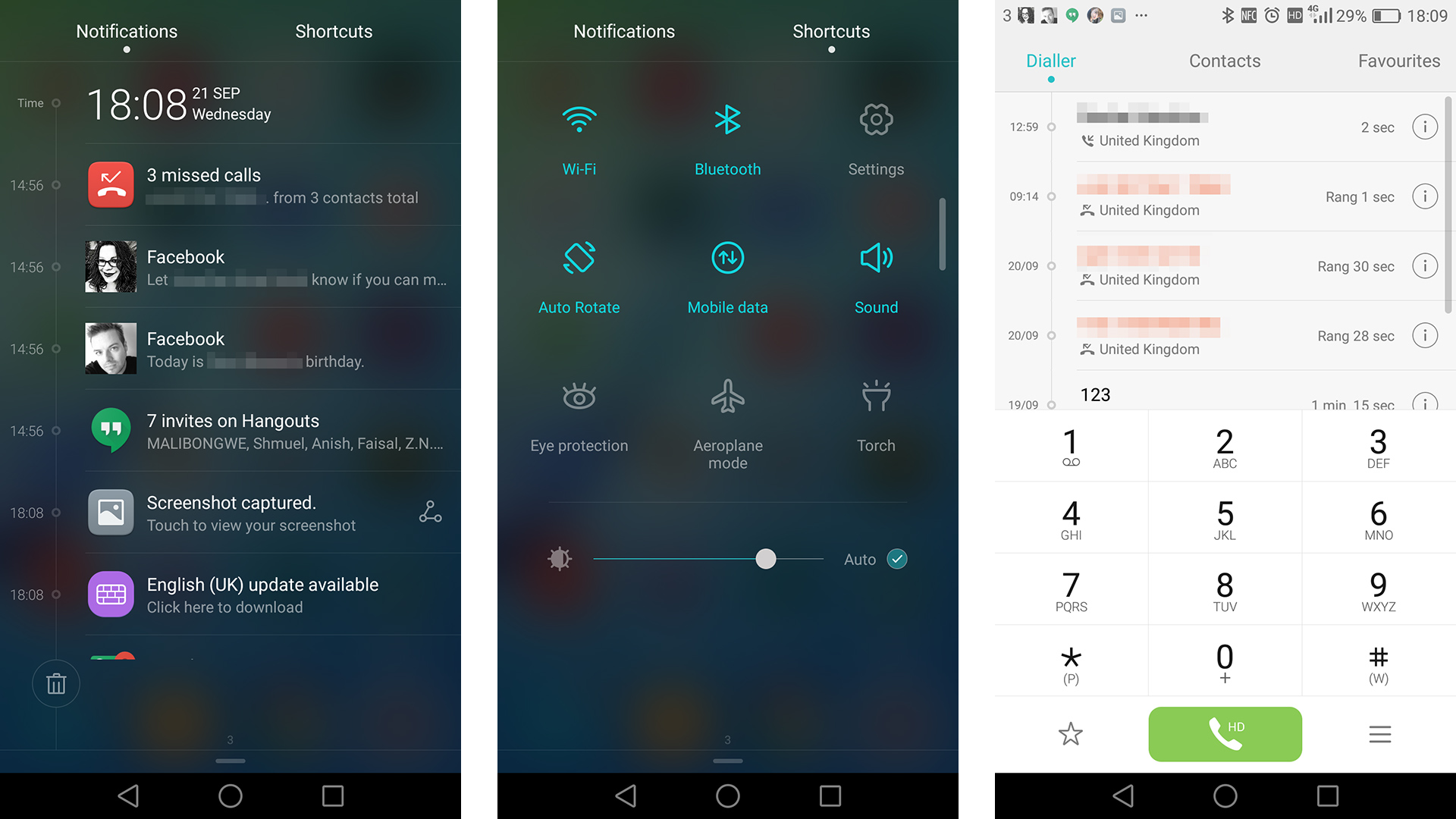
We haven't experienced any major crashes or epic geriatric slow-downs in the Nova, but there are occasional glitches. Animated screen transition elements have flickered like ghosts in a cheap horror movie a few times, but nothing has ruined the performance of the phone.
The Nova doesn't get away bloat-free, with an unnecessary vMall link plastered on the home screen, and a few unwanted games and apps pre-installed. But none of this is significant enough that it should deter you from buying the phone.
Movies, music and gaming
- Speakers are a bit harsh-sounding
- Solid gaming despite mid-range CPU
- Tweak the Dolby DSP or your headphones will sound rubbish
Almost all good phones above £100 make for decent media devices these days. With a 1080p screen, 32GB of storage and a microSD slot to let you add to that, the Nova is a solid media buddy whether you like to play your own videos or watch Netflix.
Despite having only a mid-range processor, it performs just fine with high-end games too. It has the Adreno 506 GPU, which is powerful enough to get games running well at 1080p, even high-end titles like Asphalt 8.
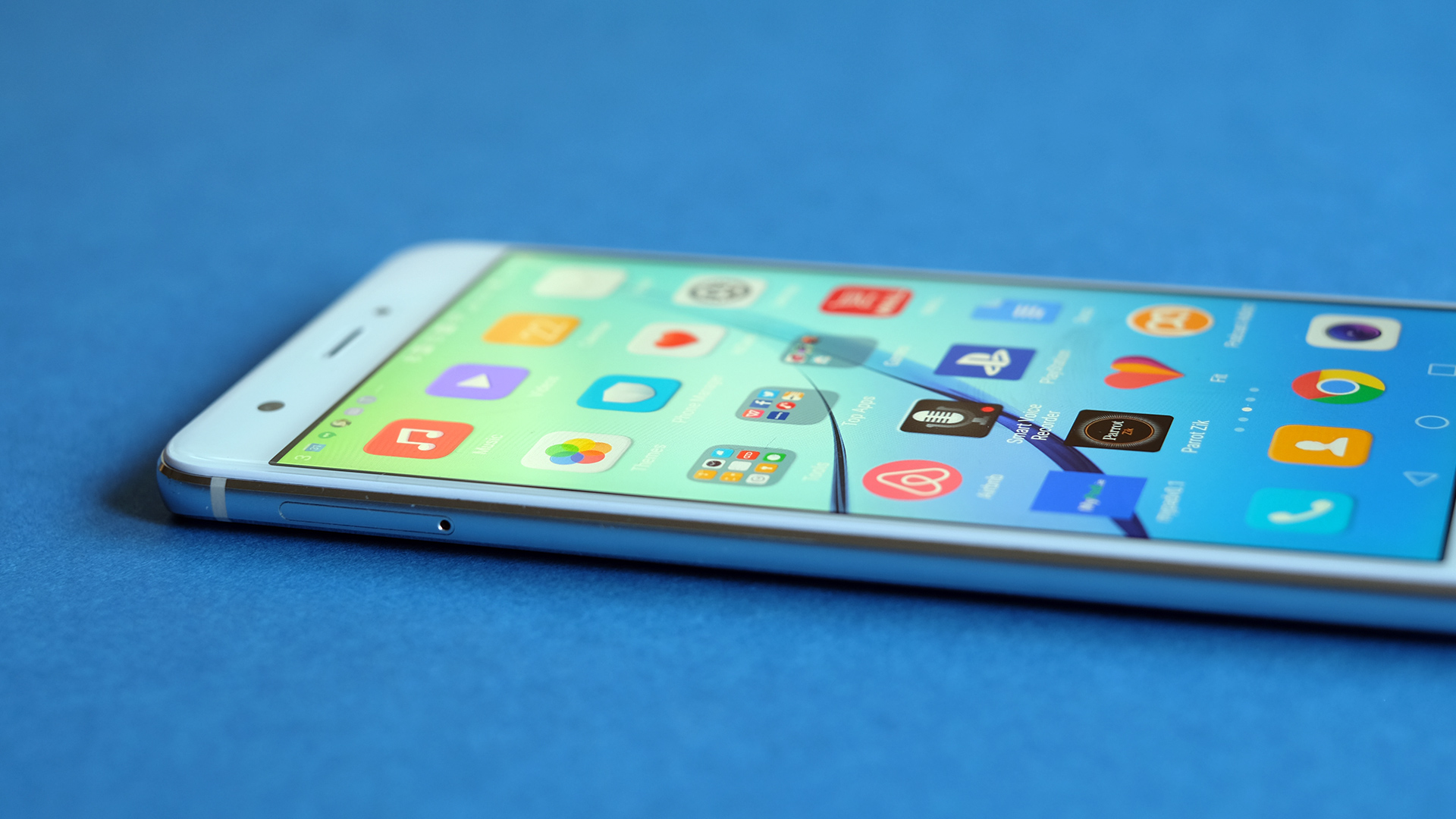
The only games that slowed down to a fun-ruining extent were less well-optimised titles like Just Drive Simulator, whose frame rate goes down the toilet if you turn real-time shadows and upgraded visual effects on.
It's the sound side of the Huawei Nova that falters more obviously. Its speaker is hard and harsh-sounding, and not a pleasant listen at maximum volume.
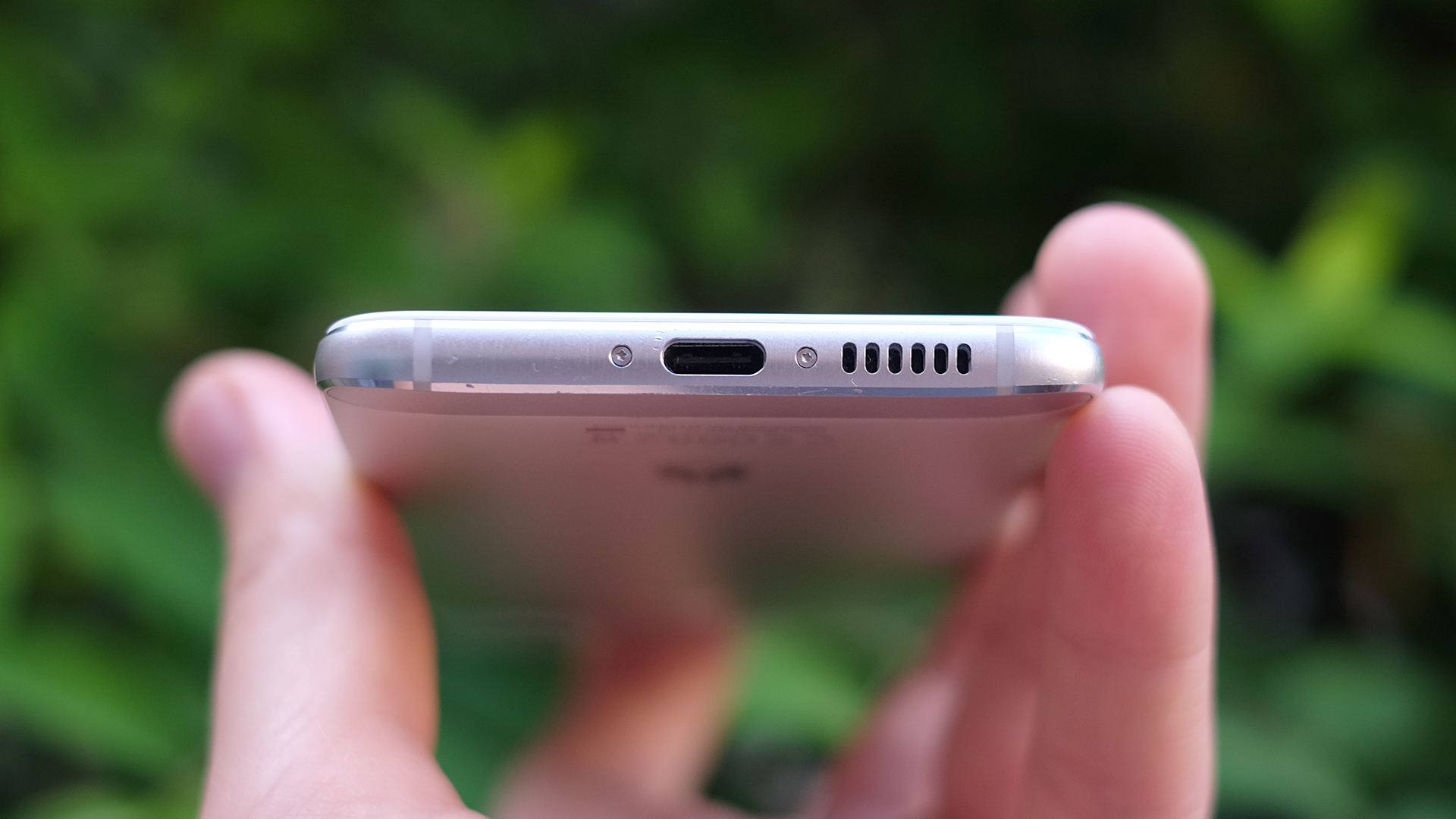
The speaker is also easy to block when the phone is held in landscape. Like the iPhone 6S or Samsung Galaxy S7, it sits under a single grille on the bottom edge of the device. As the phone is fairly small you have to be careful about where your fingers sit.
You also need to tame the sound processing to avoid your headphones sounding processed and bass-heavy, thanks to DTS Headphone: X.
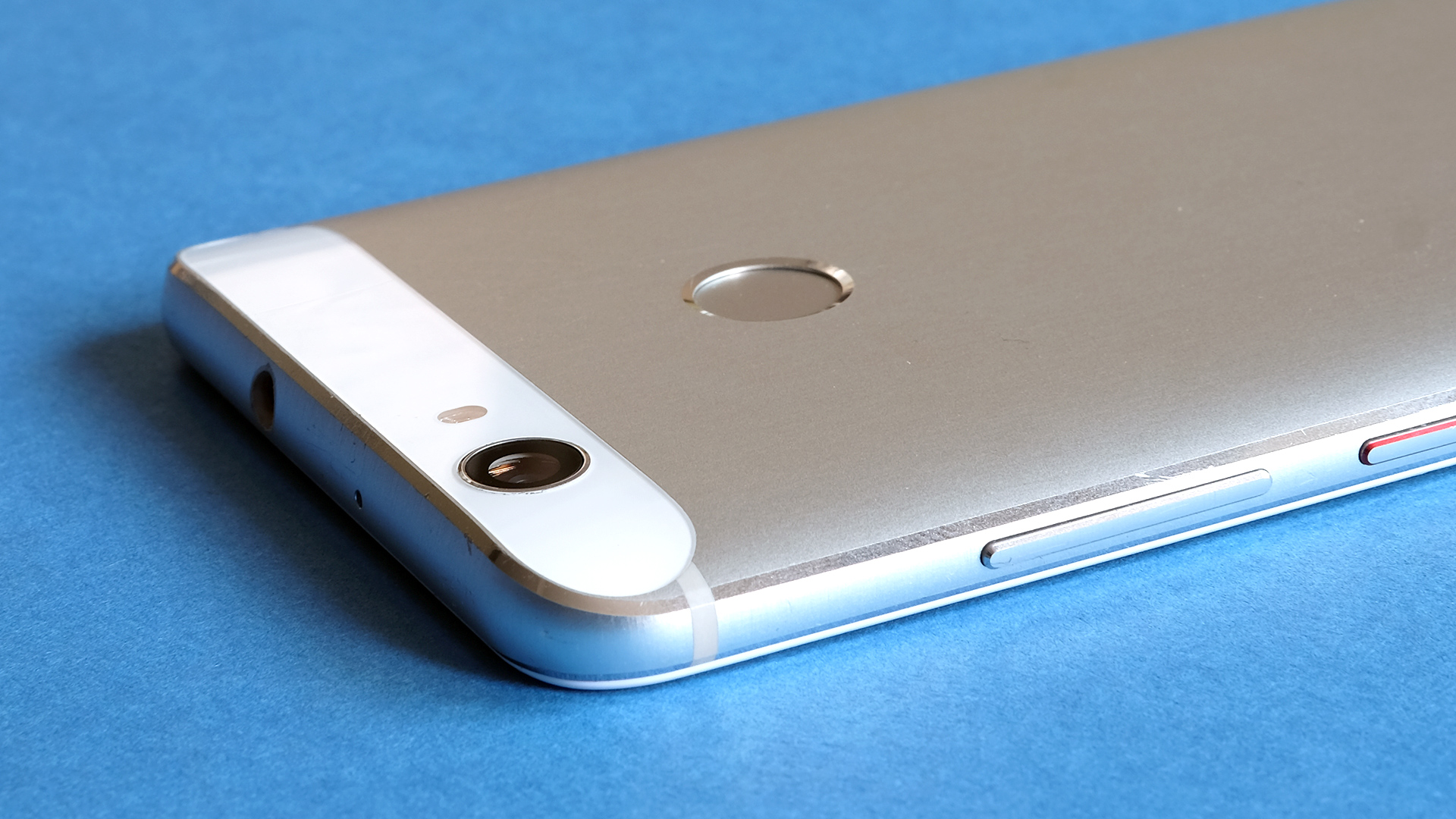
This is a brand of digital signal processing designed to make your earphones sound better. And it can, but as standard it's switched to a setting that can ruin the sound from a good pair. This is because the default mode is designed for a cheap pair of, presumably, bass-light earbuds, which clogs up the sound with a bassy fug.
If you buy a Huawei Nova, make sure you either turn DTS Headphone: X off in the settings menu or at least customise its mode in the Headphone: X app. It's yet another example of the Nova being a bit high-maintenance.
Specs and benchmark performance
- A mid-range CPU, but one that stays cool
- A way off flagship-style performance
- Enough grunt for 1080p
The Huawei Nova is one of the first phones to use the Qualcomm Snapdragon 625 processor, only pipped by the Asus Zenfone 3.
This is an octa-core processor with a 2.0GHz clock speed, but its cores are all the Cortex-A53 kind, used as the 'everyday' cores in some of 2015's and 2016's flagship mobiles.
The Snapdragon 625 sounds at first like a revved-up version of the processor in the Moto G4, the Snapdragon 617, but it's better than that as it uses a super-efficient 14nm architecture. That means it can reach a high clock speed without risking the kind of overheating the old Snapdragon 615 suffered from.
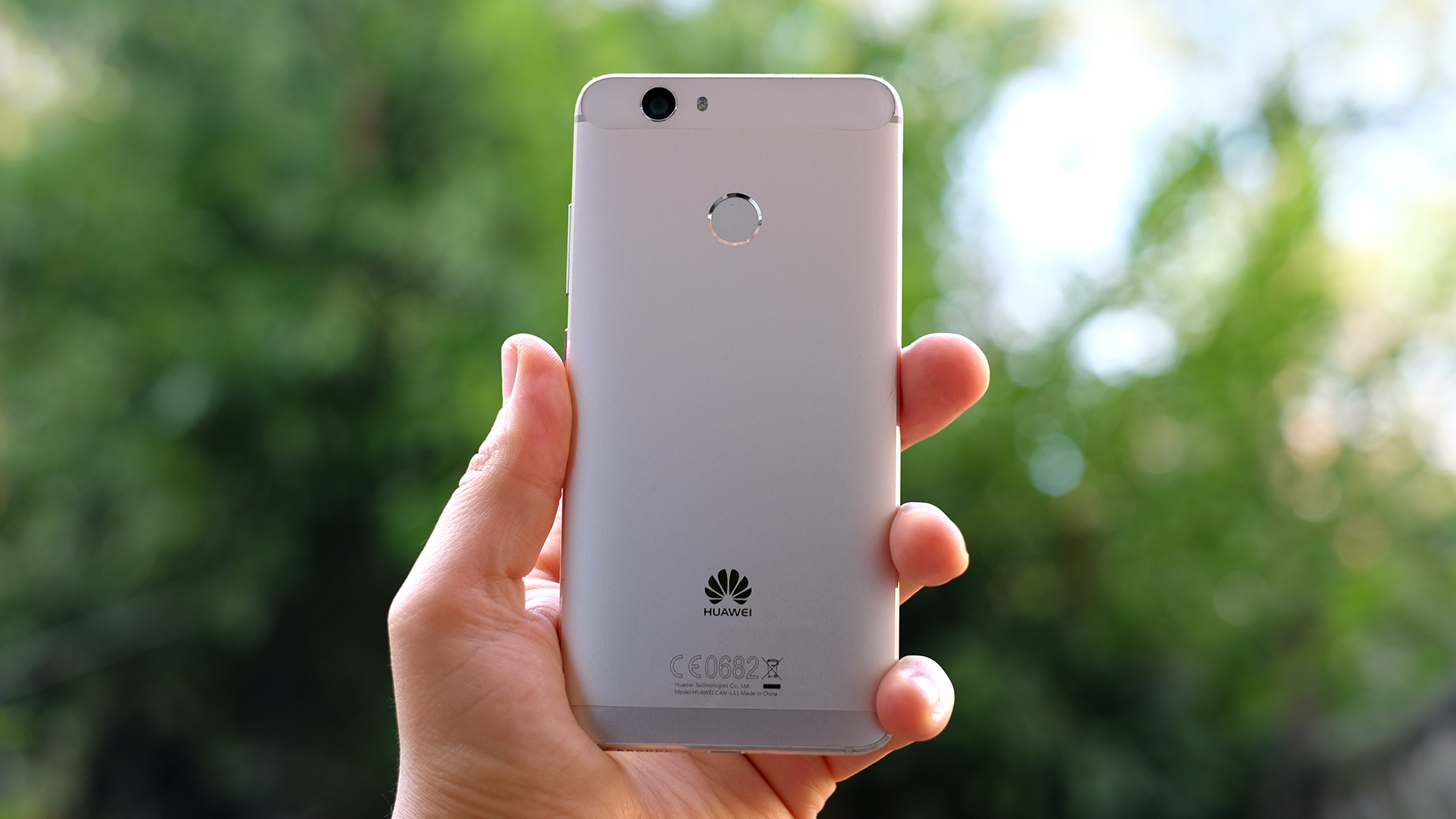
Playing 20 minutes of Asphalt 8, the Huawei Nova stays impressively cool, just a little warm towards the top of the back. The Snapdragon 625 is a good fit for a slim, metal phone, it can still get warm when you charge or the phone is left searching for 4G/3G signals, but that's true of any handset.
The Nova is more powerful than the budget Snapdragon 617 crowd, but still a league below something like the Galaxy S7, or even the Samsung Galaxy S6. Unless you're into CPU/GPU-roasting tasks like N64 game emulation, though, the main way you'll notice this is that some apps and games take slightly longer to load than they would in a true high-end phone.
This may be in part down to the Snapdragon 625's use of DDR3 rather than DDR4 RAM, although the RAM (of which the Nova has 3GB) is still faster than a lot of DDR3 phone memory.
Current page: What's it like to use?
Prev Page Introduction, key features and design Next Page Battery life and camera